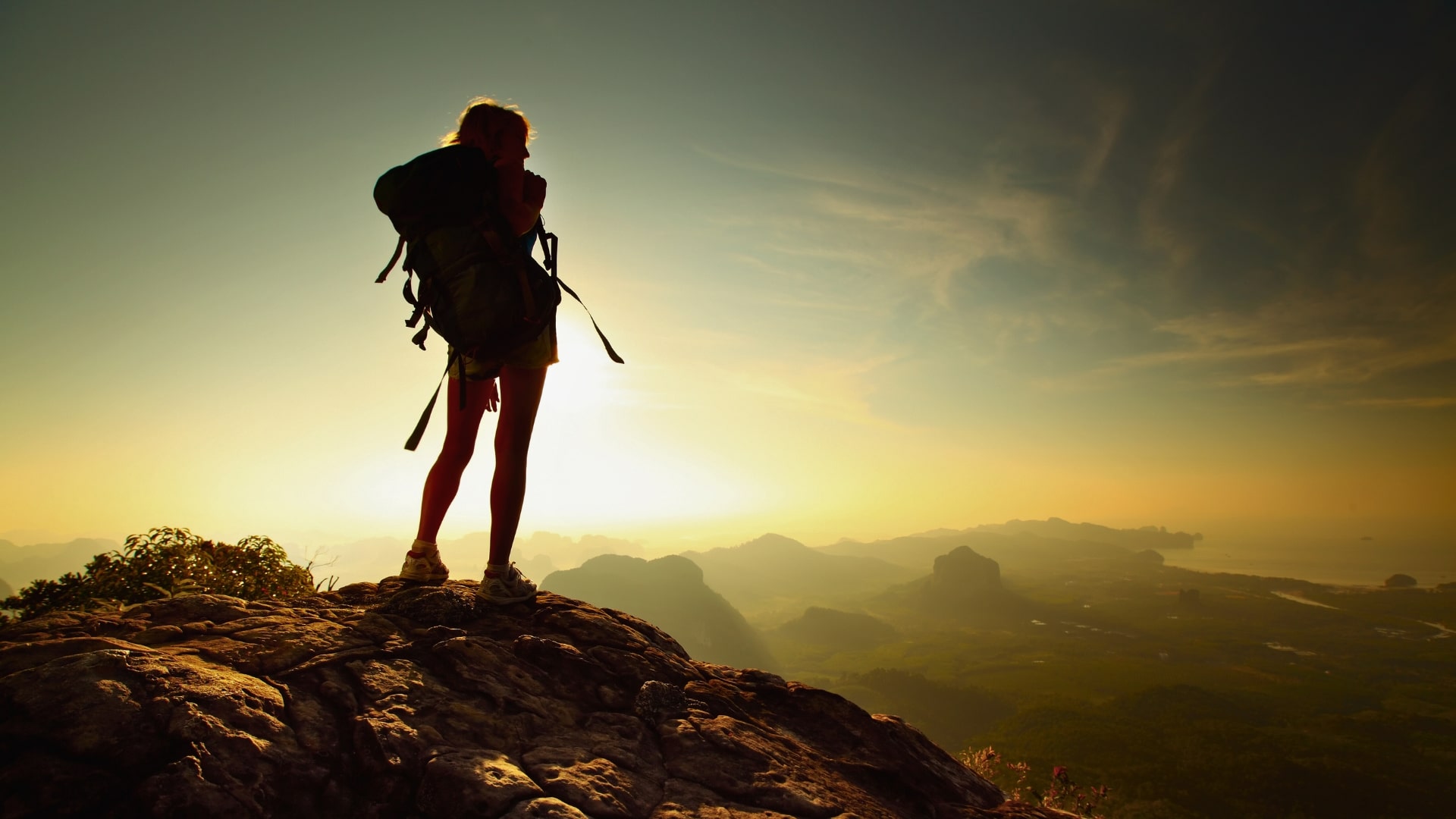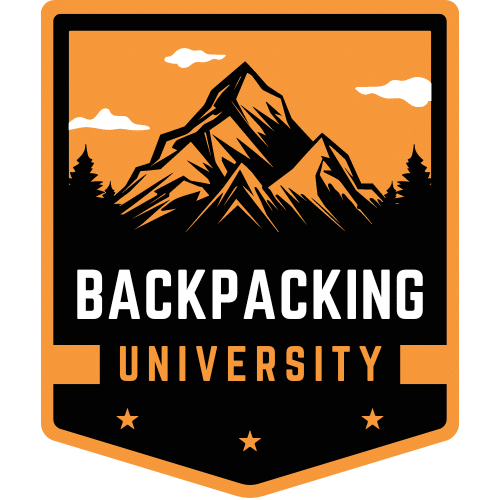
Preparing for a backpacking trip requires meticulous planning and adherence to a backpacking checklist to ensure a safe and enjoyable experience. Having the right gear can make all the difference, whether you're a seasoned adventurer or a novice hiker.
This comprehensive backpacking checklist covers essential gear, clothing, kitchen supplies, and navigation tools, along with optional items to enhance your journey.
From the basics like a sturdy backpack and first aid kit to extras like fishing gear and coffee kits, use this guide to pack efficiently and be ready for anything the wilderness has in store.
Using a backpacking checklist offers numerous benefits, ensuring you have all essential items for a safe and enjoyable trip. It helps prevent overpacking by focusing on necessary gear, clothing, and food, thus keeping your load manageable.
A checklist minimizes the risk of forgetting crucial items, such as navigation tools or a first aid kit, which are vital for your safety in the wilderness. Additionally, it allows for better organization and efficiency, saving time during packing and unpacking.
Ultimately, a well-prepared checklist enhances your overall experience, giving you peace of mind and allowing you to fully immerse yourself in the adventure.
Selecting the right food for backpacking is crucial to keep your energy levels high and ensure you're well-nourished throughout your journey. Here are some food options to consider:
Dry Goods:
Snacks:
Beverages:
Fresh Produce:
Dairy:
When packing food for your backpacking trip, consider the weight, nutritional value, and ease of preparation. Opt for items that are high in calories and nutrients to sustain your energy levels. Pre-plan your meals and portion out ingredients to avoid carrying excess weight. With the right food choices, you'll be well-prepared to tackle any trail.
Embarking on a backpacking trip is an exhilarating adventure that requires thorough preparation and the right gear. This checklist ensures you have everything needed for a safe, comfortable, and enjoyable journey.
From essential items like a sturdy backpack and reliable navigation tools to optional extras that enhance your experience, packing wisely is key. With the right gear, clothing, kitchen supplies, and food, you're ready to embrace the wilderness and create lasting memories. Happy trails!
The most important items include a sturdy backpack, tent, sleeping bag, first aid kit, map, compass, and enough food and water. Ensuring you have appropriate clothing and navigation tools is also essential.
Choose a backpack that fits your body well, has adjustable straps, and offers sufficient capacity for your gear. Look for durability, comfort, and additional features like multiple compartments and hydration compatibility.
Opt for lightweight, non-perishable, high-calorie foods like instant oatmeal, trail mix, dehydrated meals, granola bars, and dried fruit. Fresh produce and hard cheeses are good perishable options for shorter trips.
Pack heavier items close to your back and distribute weight evenly. Use packing cubes or stuff sacks to organize gear and consider the accessibility of frequently used items. Prioritize essential gear and avoid overpacking.
Optional items include a camp chair, fishing gear, coffee kit, and extra navigation tools like a GPS. These can add comfort and convenience to your trip but are not strictly necessary.
Pack versatile clothing layers that can be added or removed as needed. Bring a waterproof jacket, extra socks, and a hat. Check the weather forecast before your trip and plan accordingly.
Bring biodegradable soap, hand sanitizer, toilet paper, and personal hygiene items like a toothbrush and toothpaste. Use a toilet shovel to properly dispose of waste and pack out all trash.
Inform someone of your trip itinerary, carry a first aid kit, know basic first aid procedures, and have a reliable means of communication. Familiarize yourself with the area and stay on marked trails.
Select a sleeping bag rated for the lowest temperature you expect, a sleeping pad for insulation and comfort, and a lightweight, compact pillow. Consider the season and climate of your destination.
Stay calm, keep a safe distance, and avoid feeding or approaching animals. Store food securely and follow local guidelines for wildlife encounters. Make noise while hiking to avoid surprising animals.
